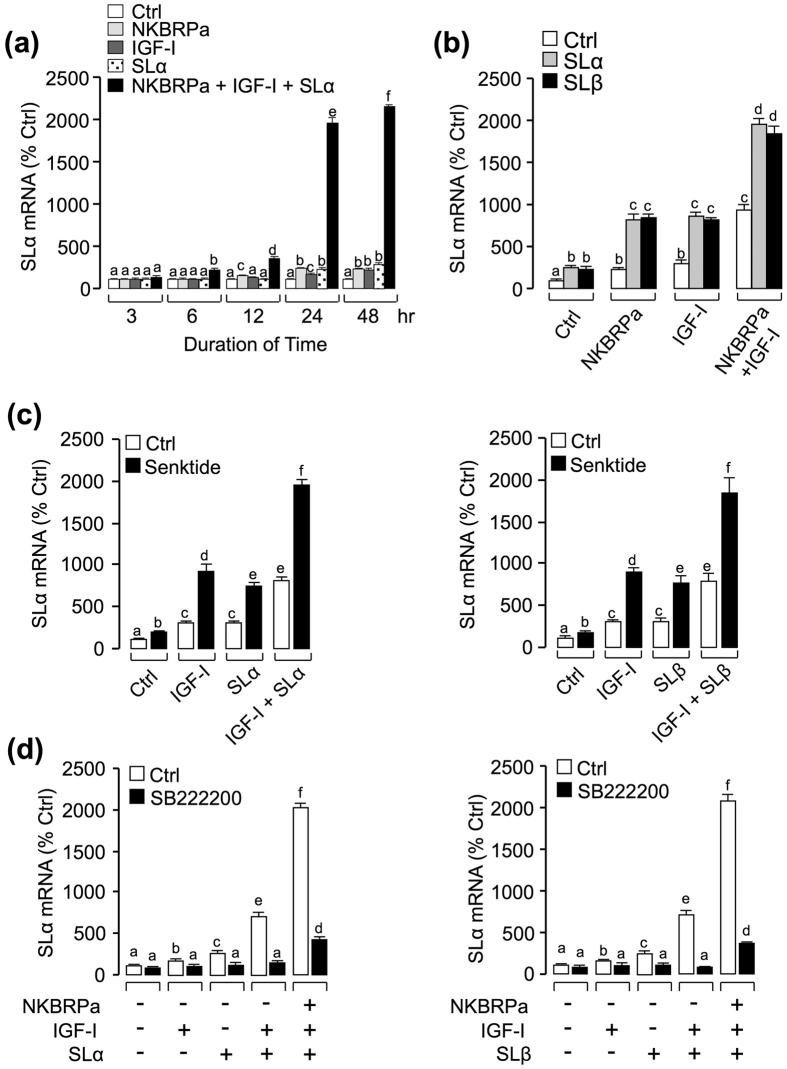Figure 4. Functional interactions of SLα/β, IGF-I and NKBRPa/senktide on the regulation of SLα mRNA expression.
(a) Time course of SLα (30 nM), NKBRPa (1 μM), IGF-I (50 nM) and SLα (30 nM)+ NKBRPa (1 μM)+ IGF-I (50 nM) treatment on SLα mRNA expression. (b) Synergistic effects of SLα/β with NKBRPa, IGF-I or NKBRPa+ IGF-I. In this case, carp pituitary cells were incubated for 24-hr with SLα or SLβ (30 nM) co-treatment with NKBRPa (1 μM), IGF-I (50 nM) or NKBRPa (1 μM)+ IGF-I (50 nM), respectively. (c) Synergistic effects of senktide with SLα/β, IGF-I or SLα/β+ IGF-I. In this case, carp pituitary cells were incubated for 24-hr with senktide (1 μM) co-treatment with SLα/β (30 nM), IGF-I (50 nM) or SLα/β(30 nM)+ IGF-I (50 nM), respectively. (d) Receptor specificity for SLα regulation by SLα or SLβ co-treatment with IGF-I or NKBRPa+ IGF-I. In this experiment, carp pituitary cells were incubated for 24-hr with SLα (30 nM)+ IGF-I (50 nM) and SLα (30 nM)+ NKBRPa (1 μM)+ IGF-I (50 nM) or SLβ (30 nM)+ IGF-I (50 nM) and SLβ (30 nM)+ NKBRPa (1 μM)+ IGF-I (50 nM) in the presence or absence of NK3R antagonist SB222200 (10 μM). After drug treatment, total RNA was isolated for real-time PCR of SLα mRNA. In the data present (Mean ± SEM), the groups denoted by different letters represent a significant difference at p < 0.05 (ANOVA followed by Dunnett’s test).

